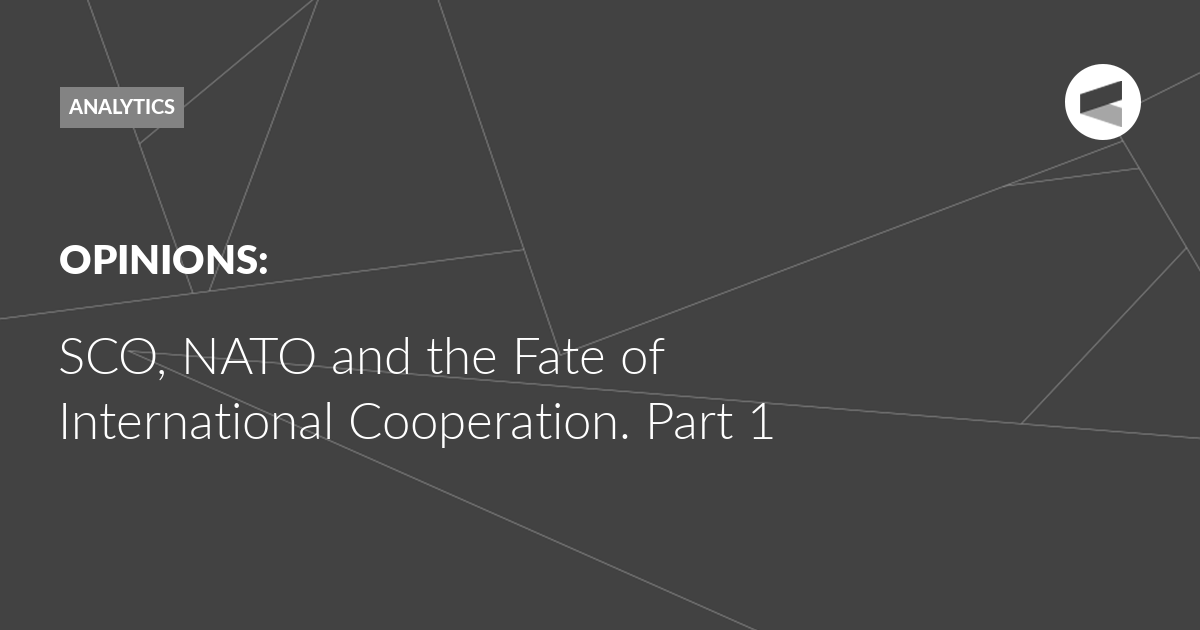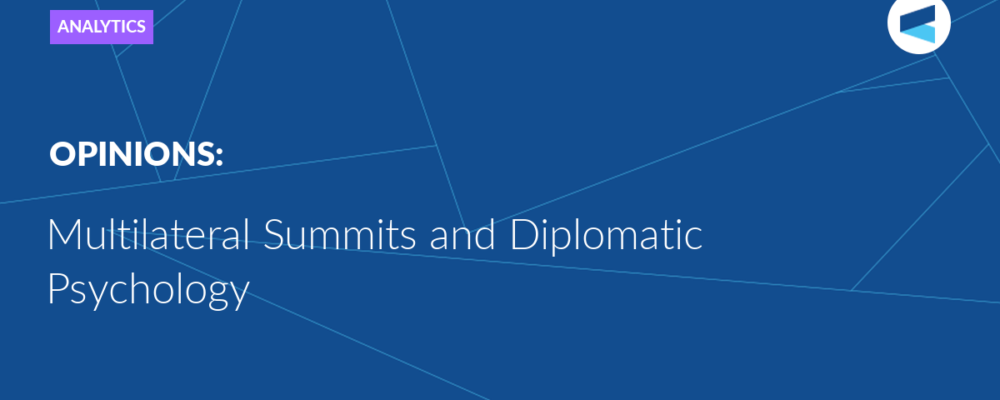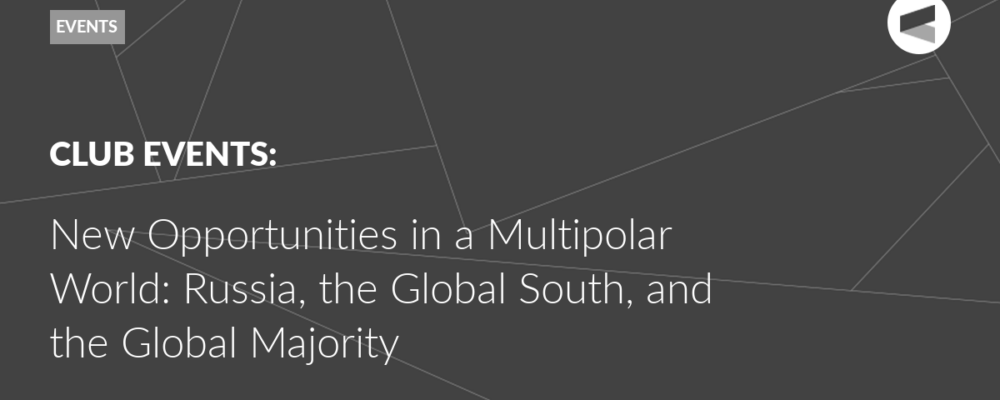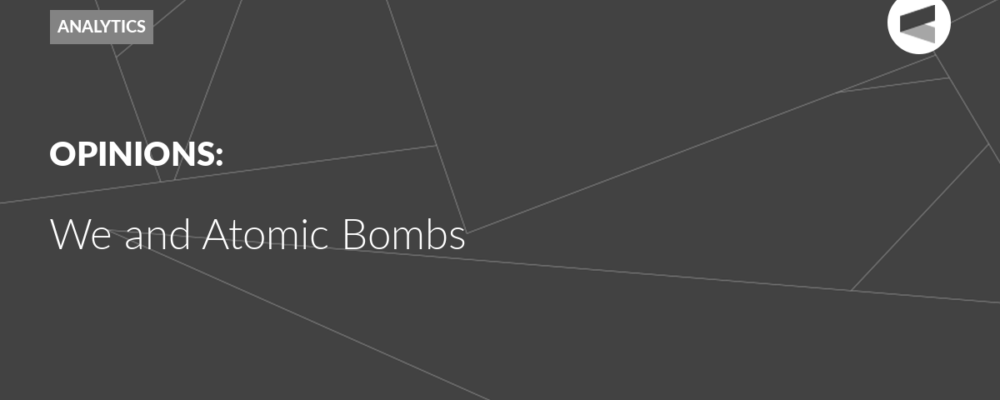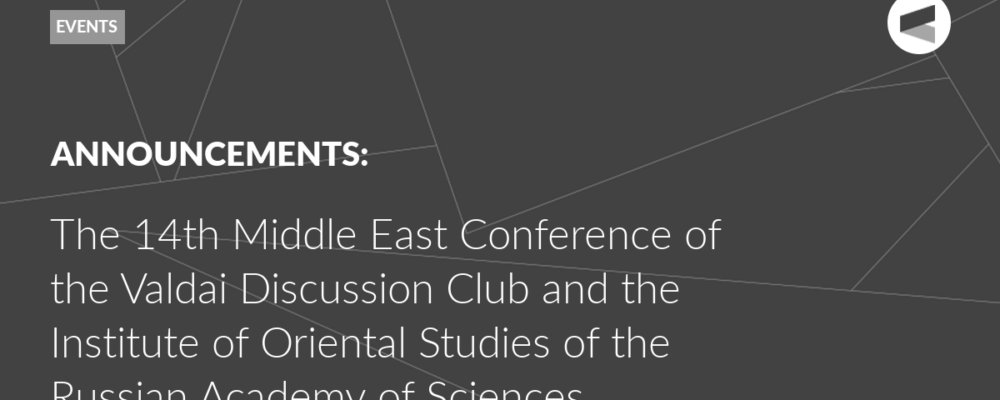In July 2024, we witnessed two international summits which were of fundamental importance regarding how the space around Russia and throughout Eurasia will develop: that of the North Atlantic Alliance in Washington (July 9-11) and that of the Shanghai Cooperation Organisation in Astana (July 3-4). These organisations are almost total opposites: NATO is an old military alliance created in the very first years of the Cold War, while the SCO is a young association that appeared only 10 years after its end. NATO has a powerful infrastructure for collective military planning, rich traditions and serious executive discipline, while the SCO is an amorphous organisation with a rather weak secretariat, the absence of binding decisions and the inability to talk about any discipline in principle.
NATO brings tother 32 countries around one leader; its military and economic capabilities significantly exceed all others. There is no and cannot be a leader in the SCO: it includes countries which are comparable in scale such as India, Russia and China, but the others are not ready to subordinate their policies to the will of the largest countries in the association. The main thing in which both international organisations differ is their purpose. The central mission of NATO is to preserve the internal political inviolability of the ruling regimes in the participating countries. The SCO’s task is a dialogue on a wide range of issues of international security and cooperation, but it in no way ensures that the ruling circles of the member countries can feel calm about their own future. In other words, it is difficult to find structures that are more different from each other, and the only question is: which type of international cooperation, represented by each of them, is the most promising in the context of a changing international order.
In reality, this depends on the most essential factor: what determines the ability of the states to cooperate? In this sense, NATO represents a worthy continuation of the European tradition of creating systems of international security or, more broadly speaking, international order. From the very first stages of the formation of such systems (orders), their main task was to reconcile states with each other’s internal orders. The entire procedural idea of the Westphalian system is grounded in this; it arose in 16th – 17th century Europe and, according to Henry Kissinger’s definition, later spread throughout the world. The treaties and customs created at that time laid the groundwork for European states to recognise the right of their neighbours to determine their own internal structure and guaranteed that this in itself could not be the cause of armed conflicts. Subsequently, the Westphalian system faced only one case of a fundamental challenge to its existence – the wars of revolutionary France in the late 18th and early 19th centuries. After this revolutionary impulse was suppressed, the West did not really face such threats except for during the first couple of decades after the October Revolution in Russia.
In 1815, the Vienna Order emerged, which was based on the recognition of the legitimacy of a certain type of political regime in the eyes of each other. On the one hand, this allowed the countries that had defeated Napoleon Bonaparte, to come to terms with the fact that not all of their claims were satisfied, and on the other hand, to accept France into their ranks, where their brotherly monarchical regime was restored. At the same time, Russia, which then occupied the position of the strongest military power in Europe, was still not a full participant in the emerging system. This is confirmed by the support that Britain and France provided to the Polish separatist movement on the territory of the Russian Empire, as well as the desire to take control of the Caucasus. However, as far as relations between the countries of Western Europe themselves, including the German states, were concerned, the principle of mutual recognition of internal political orders turned out to be unshakable. It could only be shaken by the First World War (1914 – 1918). As a result, the victorious countries supported the disintegration of one of their opponents in Central Europe – the Austro-Hungarian Empire, and also deprived Germany of all its colonial possessions.
The subsequent 20-year interlude and the even more brutal Second World War led to the emergence of the international order in which we continue to live today. NATO, created in 1949, simply continued the tradition established 130 years earlier in Vienna – the main focus on the inviolability of internal political orders. Depriving states of the opportunity for revolutionary behaviour through the conservation of their political systems has become the main instrument for maintaining peace within the community of Western countries. This practical instrument was to deprive NATO member countries of the ability to independently determine their foreign and defence policies.
In exchange for this, the political elites received a guarantee that they couldn’t be resmoved, which received the elegant definition of “stability” in Western literature. After World War II, participation in a military bloc led by the United States became a way to prevent leftist forces from coming to power in such important countries of Western Europe as Italy or France, and a little later, to record the victory of the conservative coalition after the civil war in Greece. After the fall of the right-wing dictatorship in Spain in the mid-1970s, its entry into NATO occurred rapidly and, together with the entry into the European Communities, fixed a new status without any possibility of the regime change as a result of internal processes. After the end of the Cold War, nationalist regimes of various kinds in Eastern Europe and the Baltics also considered joining NATO as the most important way to ensure the impossibility of new radical internal political changes in their countries. We see that even the rise to power of such prominent figures as Robert Fico in Slovakia or Viktor Orban in Hungary has not changed the basic trajectory of development of their states or their role as a territorial base for the deployment of US forces in Europe in the event of a direct clash with Russia.
Thus, we see that NATO is an association of states, the most important practical task of which is to influence the internal structure of its members. At the same time, now this is no longer just mutual support in the event of the threat of revolutionary developments, as the creators of the Holy Alliance tried to do in the first half of the 19th century. We are talking about almost complete control over the main internal political processes of the member countries. Control by the strongest member of the bloc provides protection to its weaker allies.
In this sense, the “US security umbrella” within NATO really exists. However, it does not concern the physical survival of Washington’s NATO allies in the event of a large-scale military conflict. In fact, we have not yet had a chance to test how ready the Americans will be to save their would-be allies. The American “security umbrella” for Europe concerns, first of all, European political elites, for whom participation in NATO guarantees that they will never again have to worry that their managerial failures leading to revolutionary consequences. We can assume that the real fears of the European elites about the possibility that the United States may reduce its presence in Europe are connected with this, the most important aspect of NATO’s existence. Everyone, in fact, understands that the price of US security guarantees in the event of a direct conflict, for example, with Russia, is quite small. But it is truly significant when it comes to the internal development of American allies: for every from large Great Britain to insignificant Albania.
The Valdai Discussion Club was established in 2004. It is named after Lake Valdai, which is located close to Veliky Novgorod, where the Club’s first meeting took place.
Please visit the firm link to site


